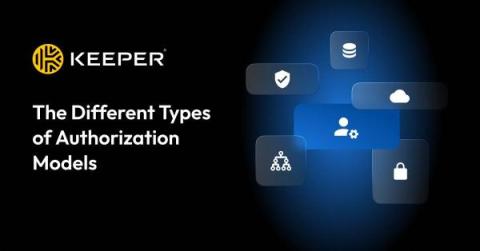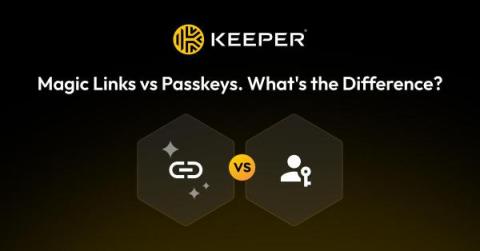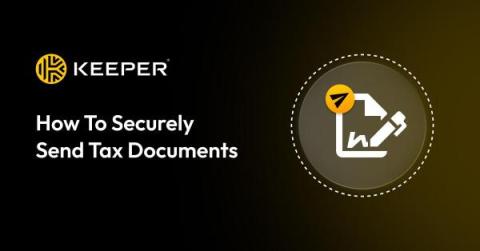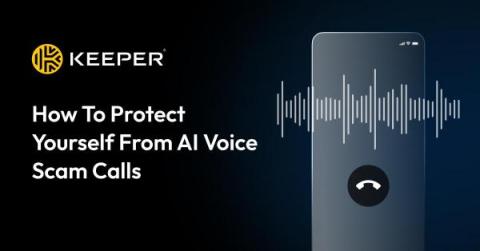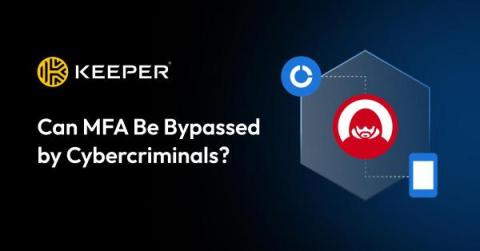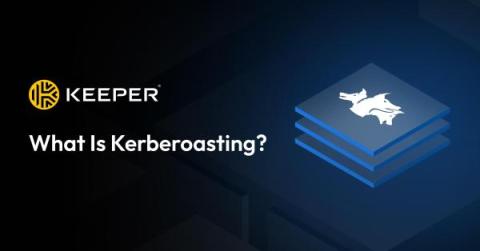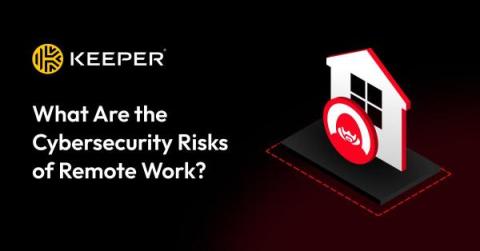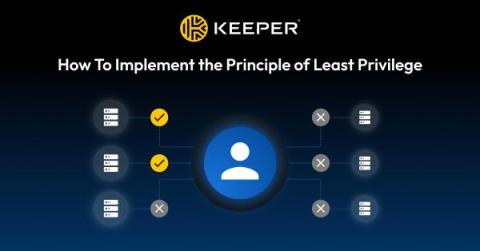The Different Types of Authorization Models
Authorization plays an important role in Identity Access Management (IAM). IAM is a security framework of business policies and processes designed to ensure that authorized users have the necessary access to perform their jobs. Choosing the correct authorization model for your organization is important to protect sensitive resources from unauthorized access.


